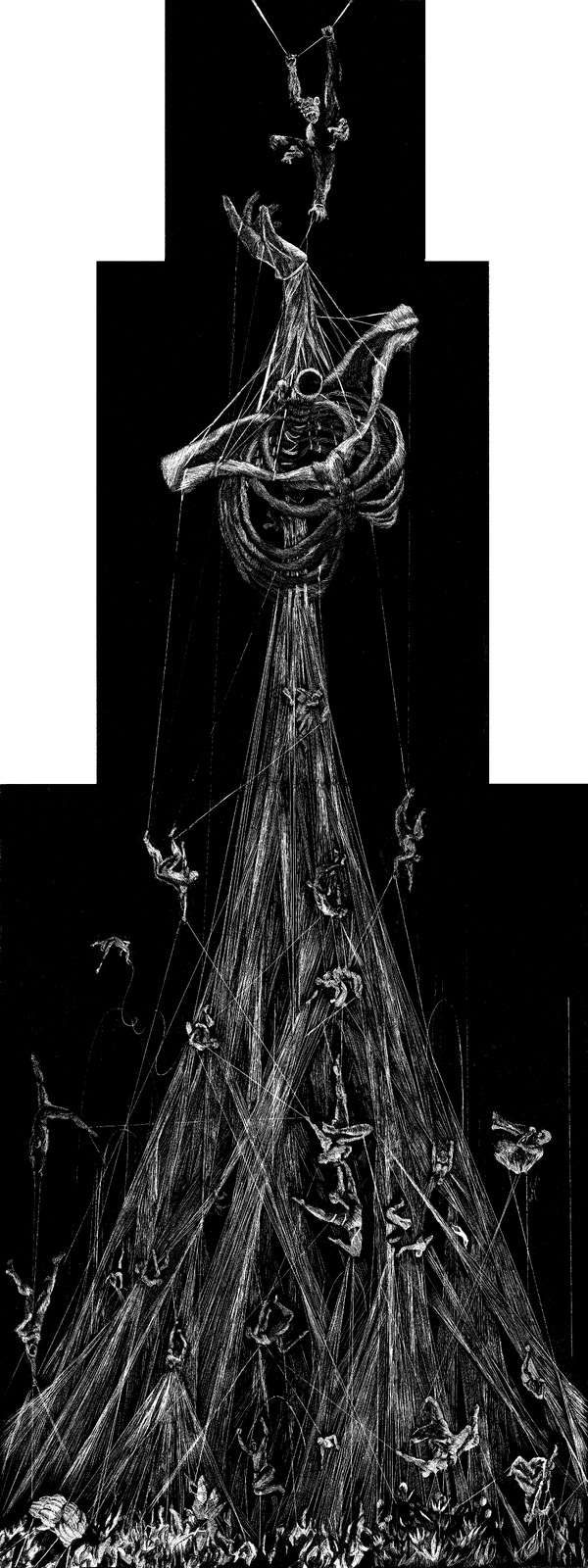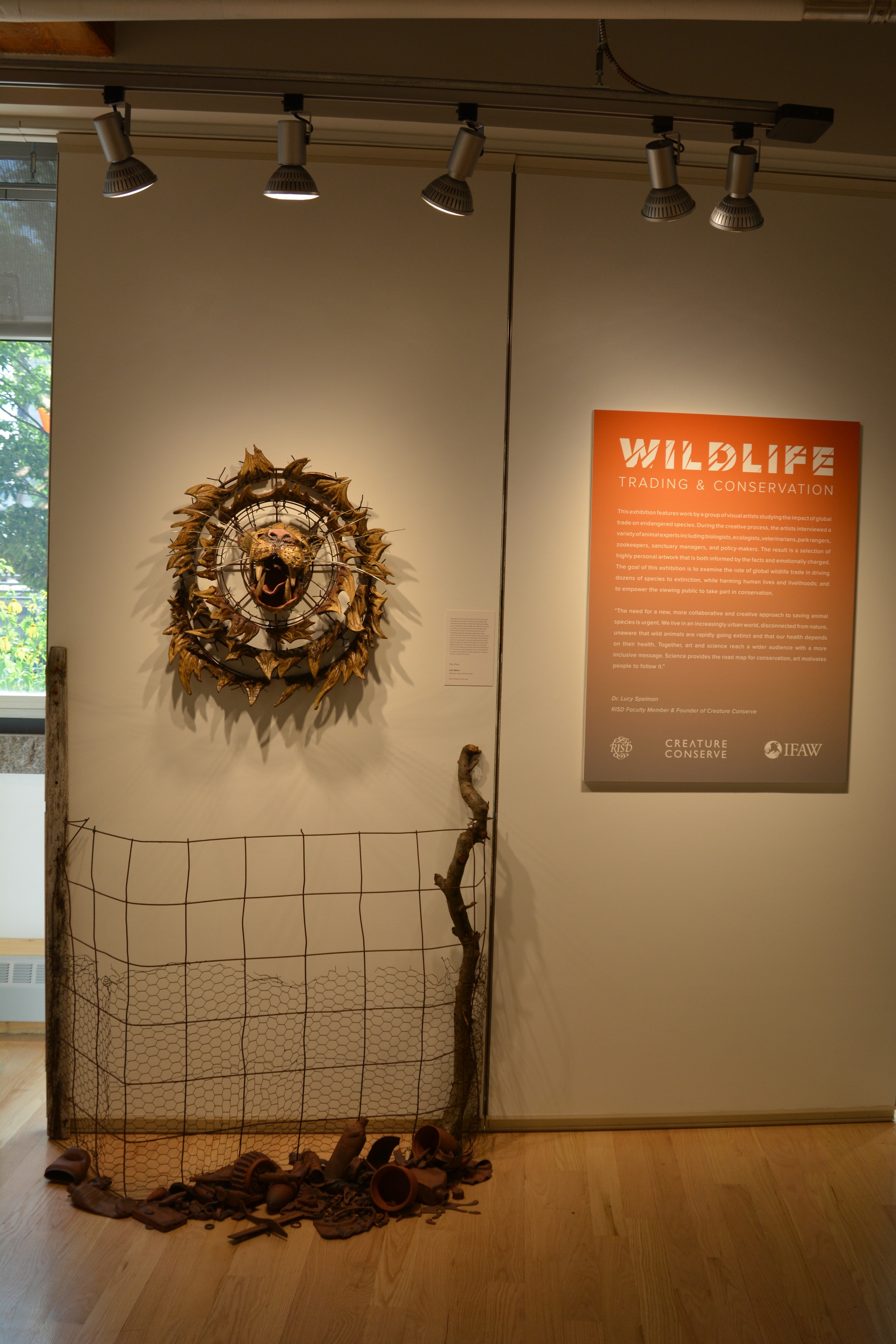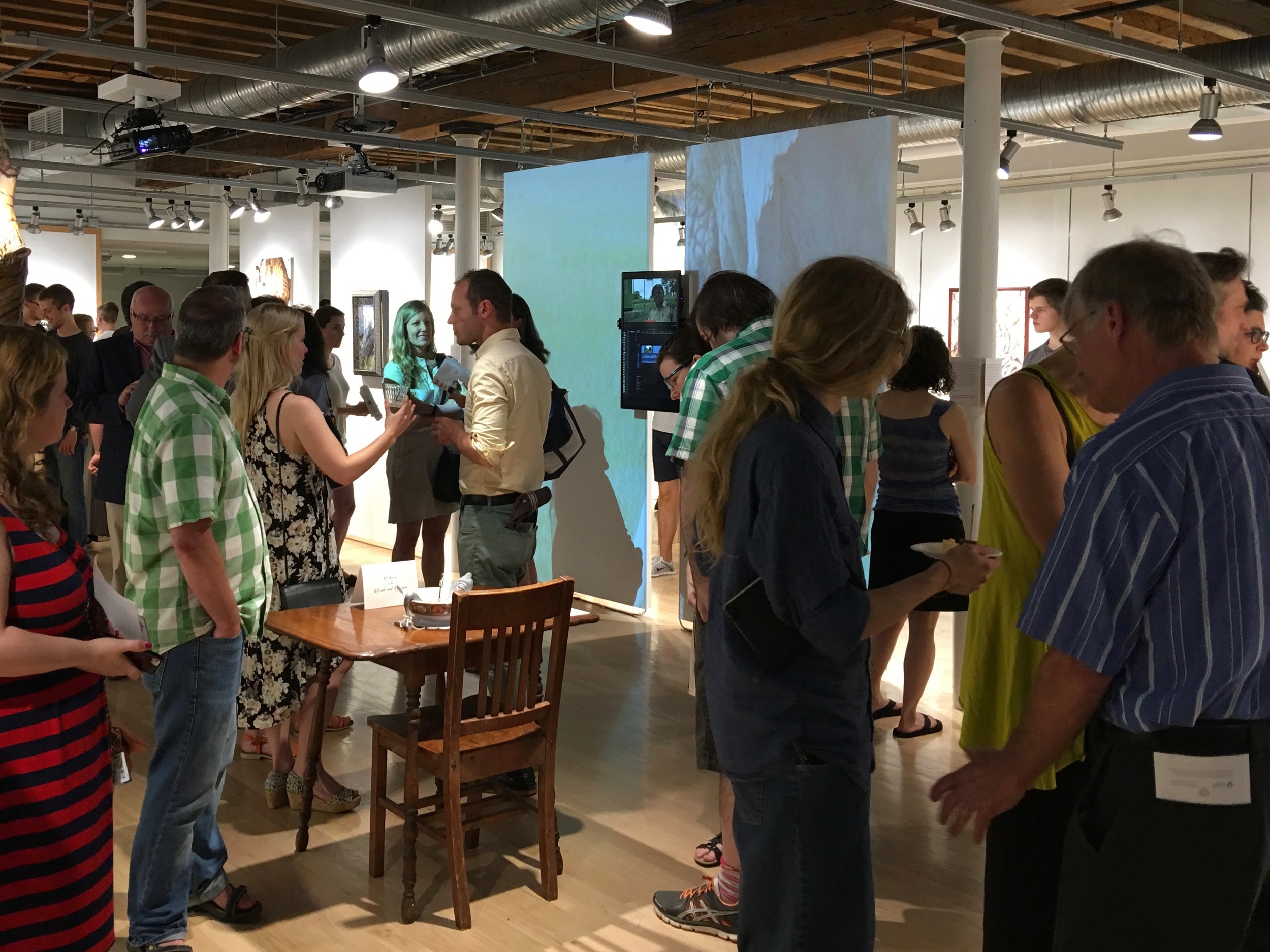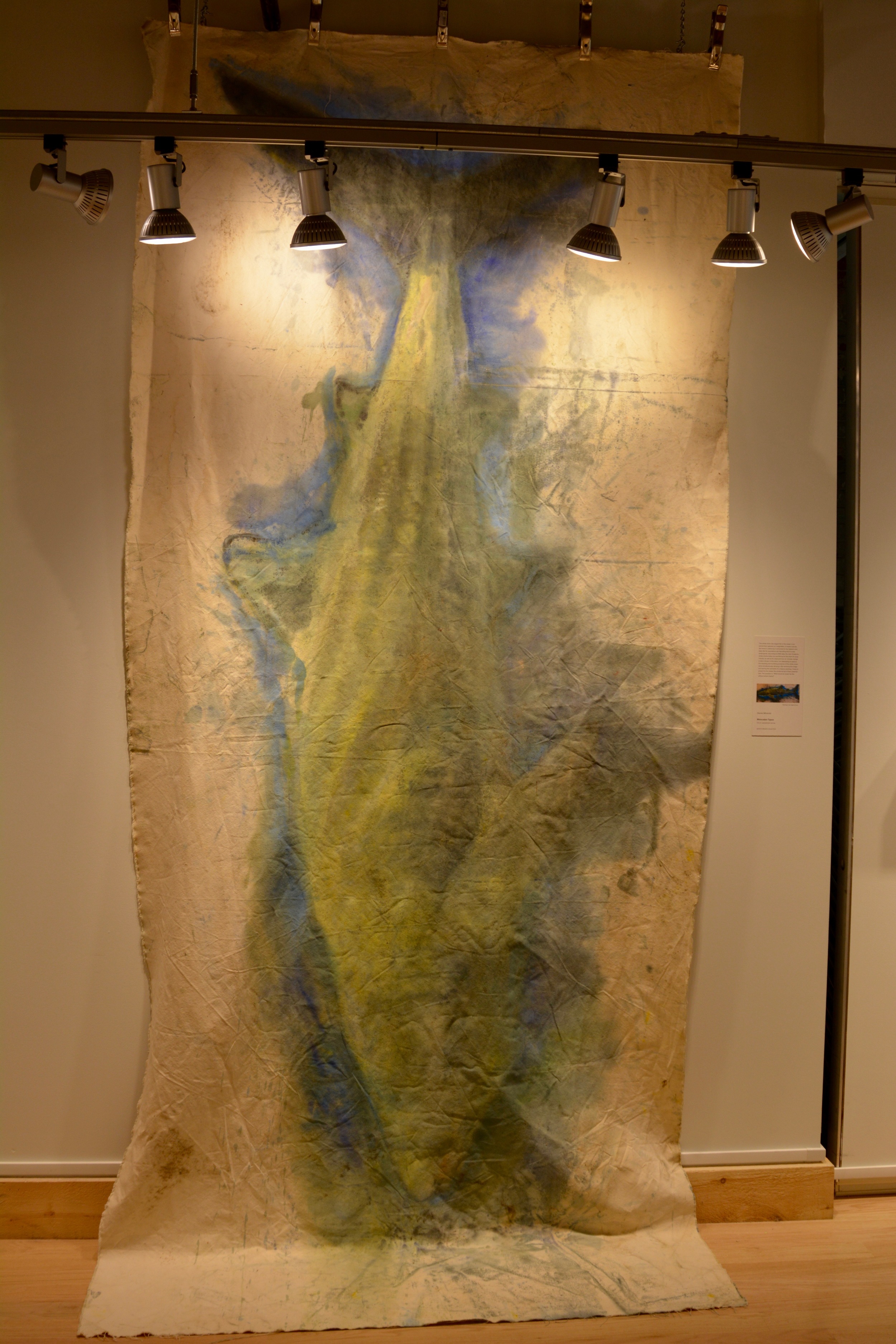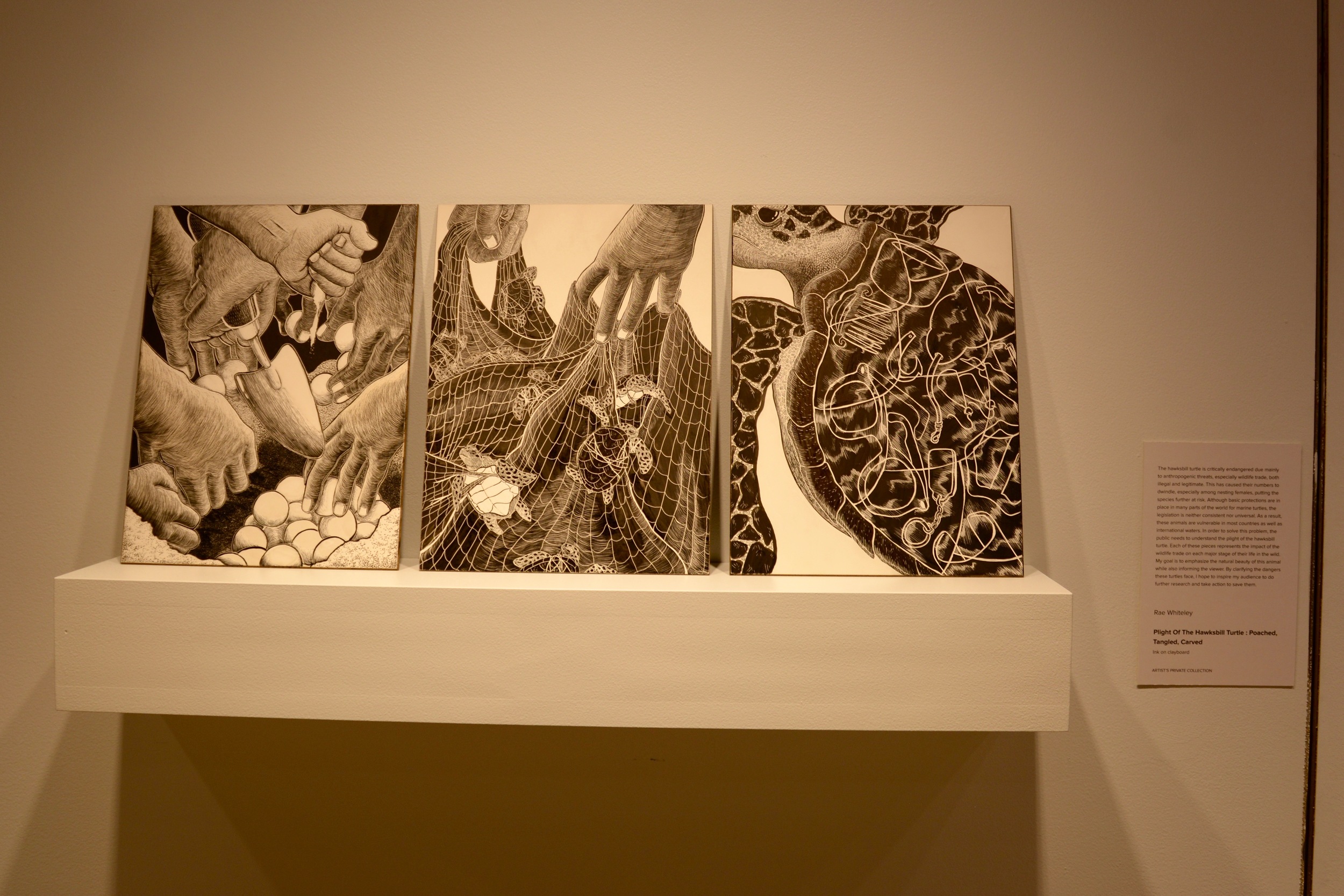
Wildlife Trade and Conservation
ABOUT THE EXHIBIT
The goal of “Wildlife Trade and Conservation” is to consider the role of global wildlife trade in species extinction and to empower the viewing public to take part in conservation. Please see the slideshow below from the exhibit at RISD.
WILDLIFE TRADE exhibit premiered in 2016 at the Rhode Island School of Design and moved on to the National Museum of Wildlife Art in Jackson, WY. Please see the slideshow of our exhibit at RISD below. Various works from this exhibition have been displayed in a variety of locations, including as a pop-up exhibit at the 2016 CITES Cop17 meeting in collaboration with the International Fund for Animal Welfare, IFAW.
INTERESTED IN HOSTING OUR EXHIBIT ON THE WILDLIFE TRADE? Please email us at connect@creatureconserve.com. Many of the works have been gifted to Creature Conserve and are available for display.
EXHIBIT SLIDESHOW: Wildlife Trade and Conservation
Hover on each image for more
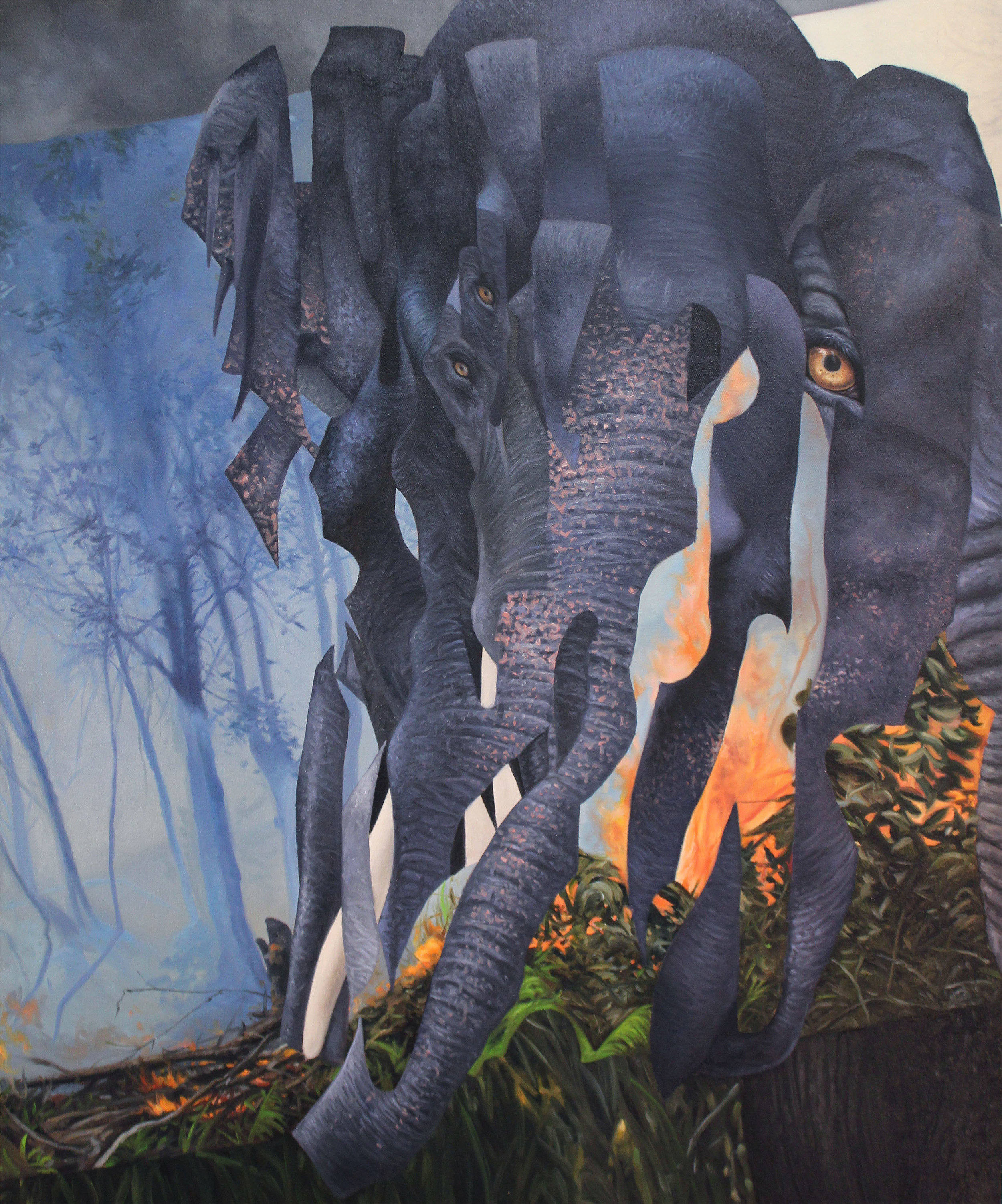
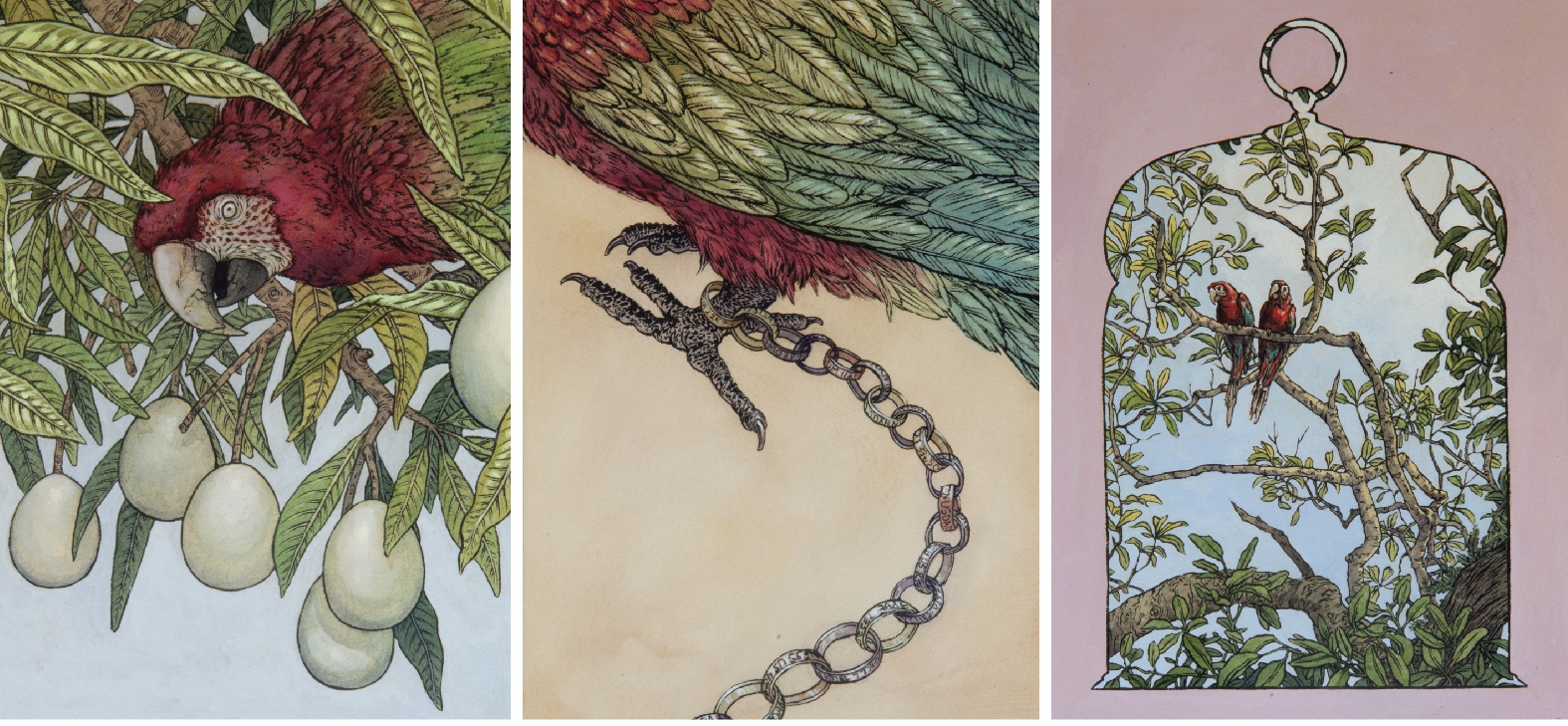
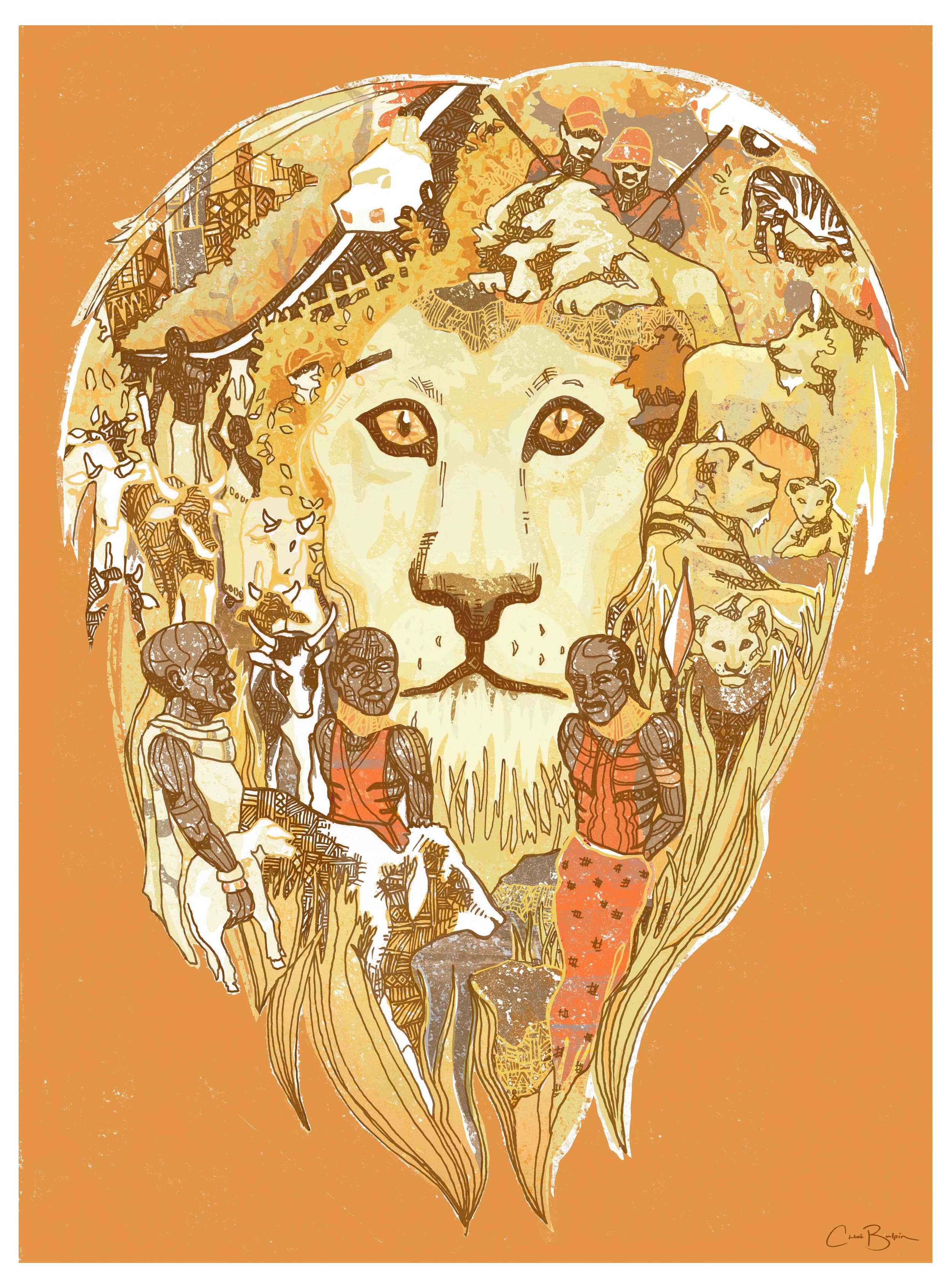
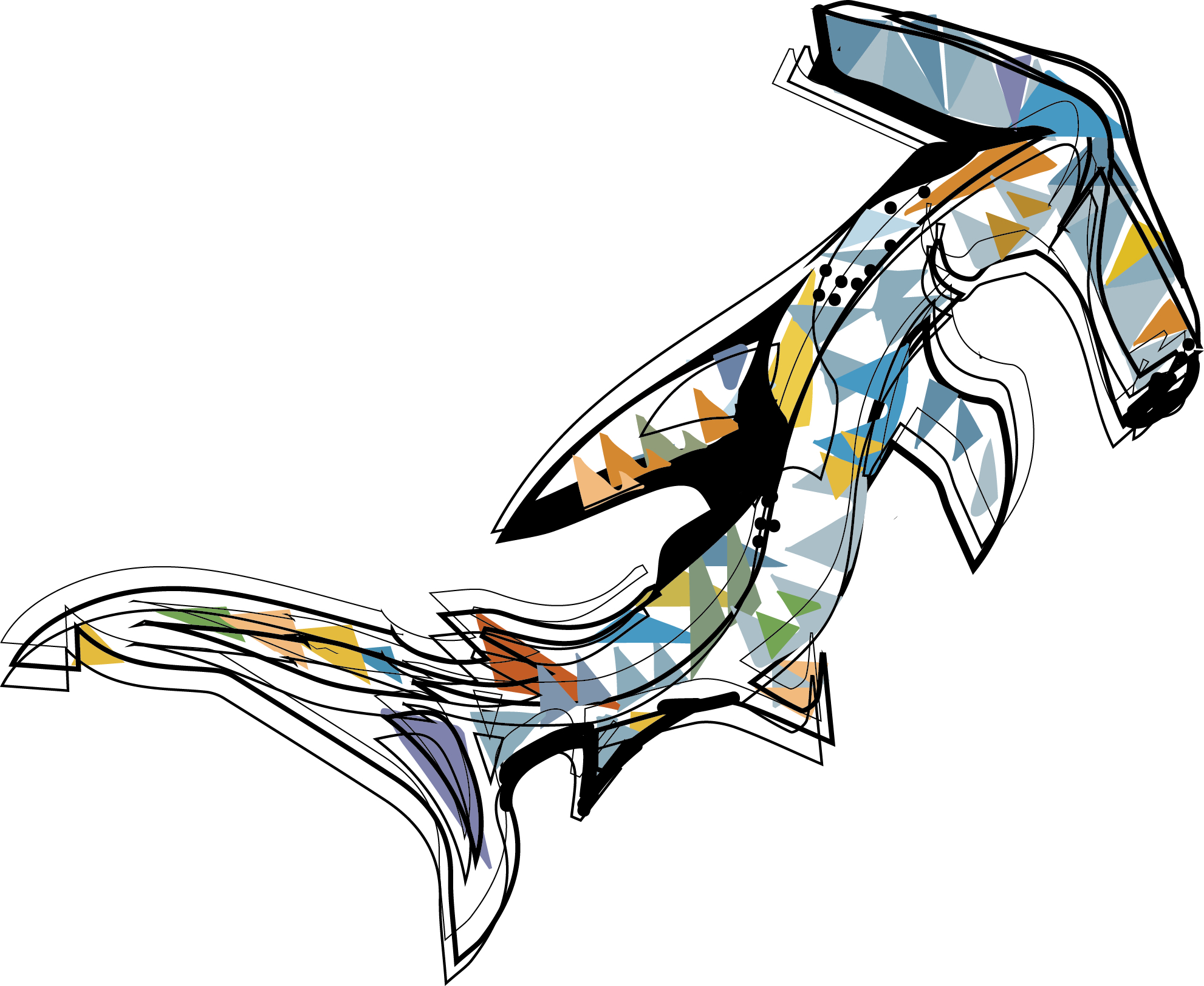
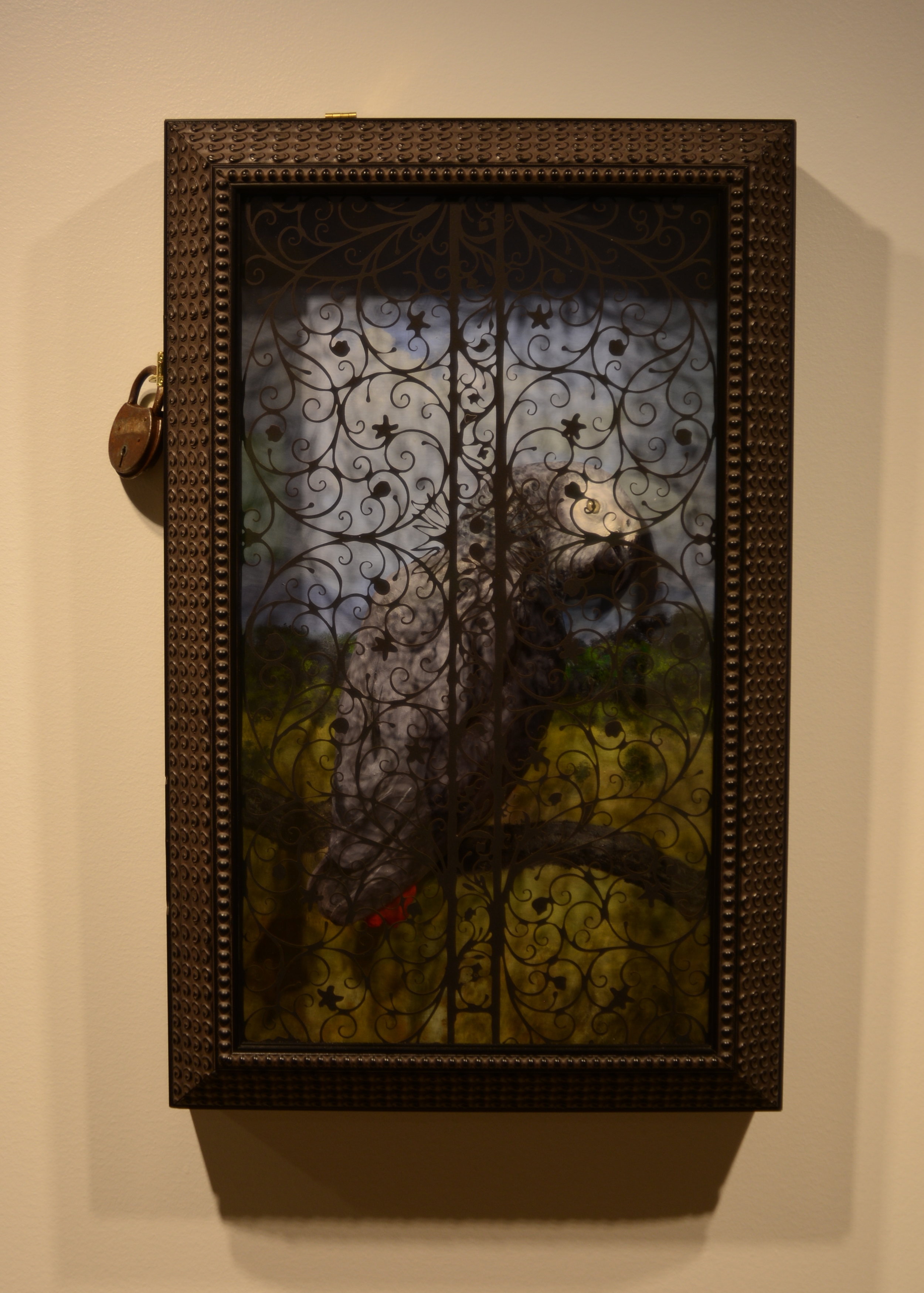
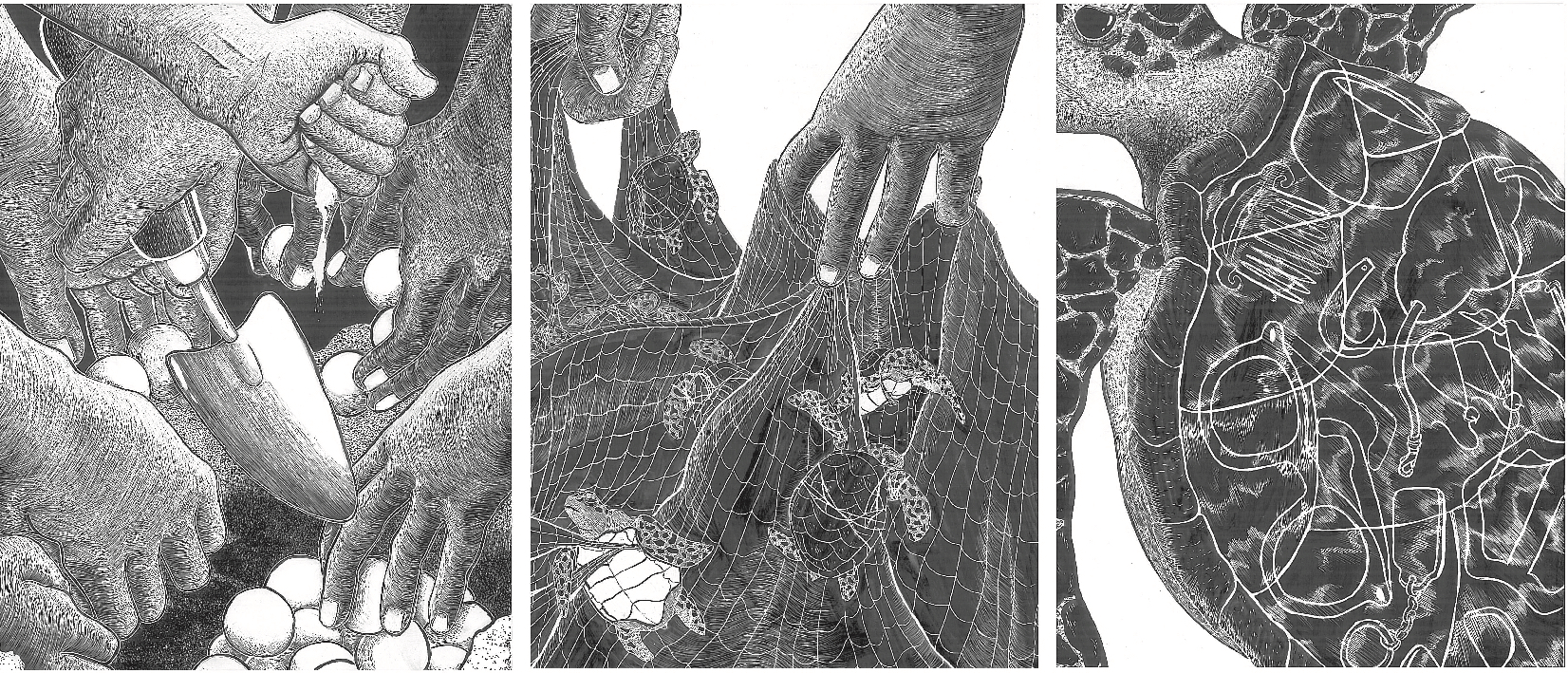
![Demistify-2016 [Pangolin] by Sabrina Mortensen](https://images.squarespace-cdn.com/content/v1/5fb926e4055c33254442adf5/1605969636266-MJLFD1QJ1EQIK0X3W9FX/Sabrina+pangolin.jpg)
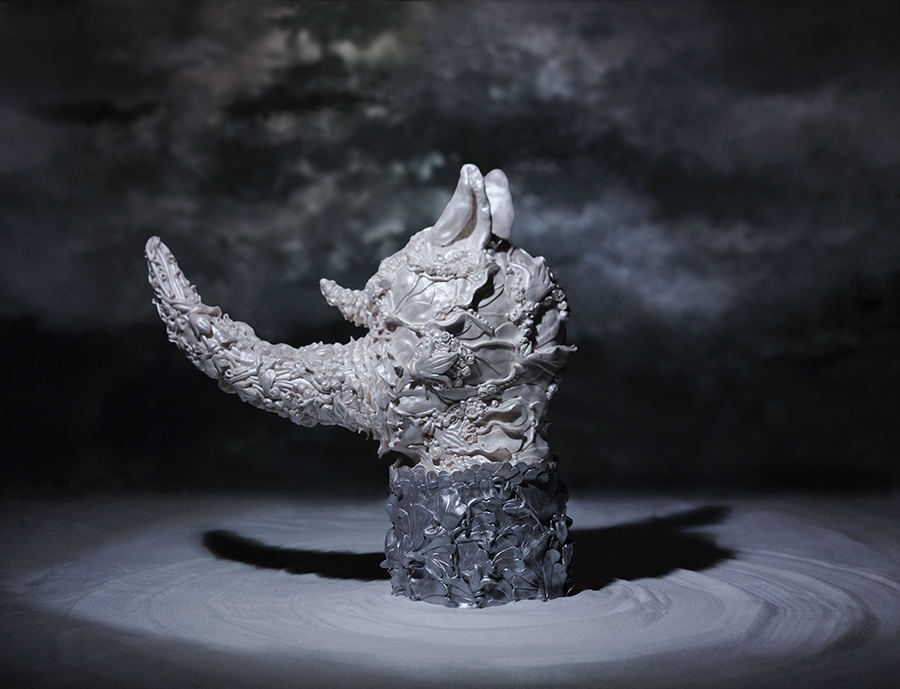
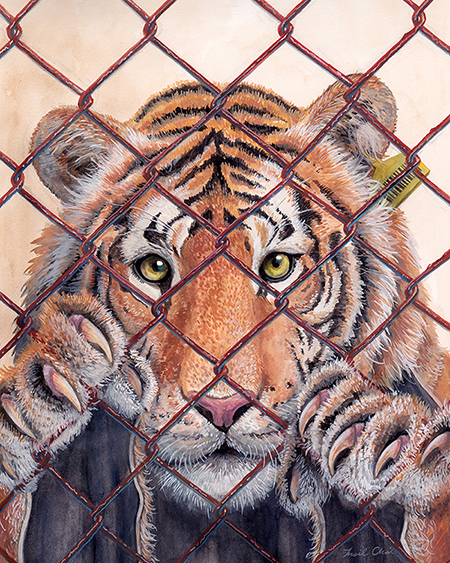
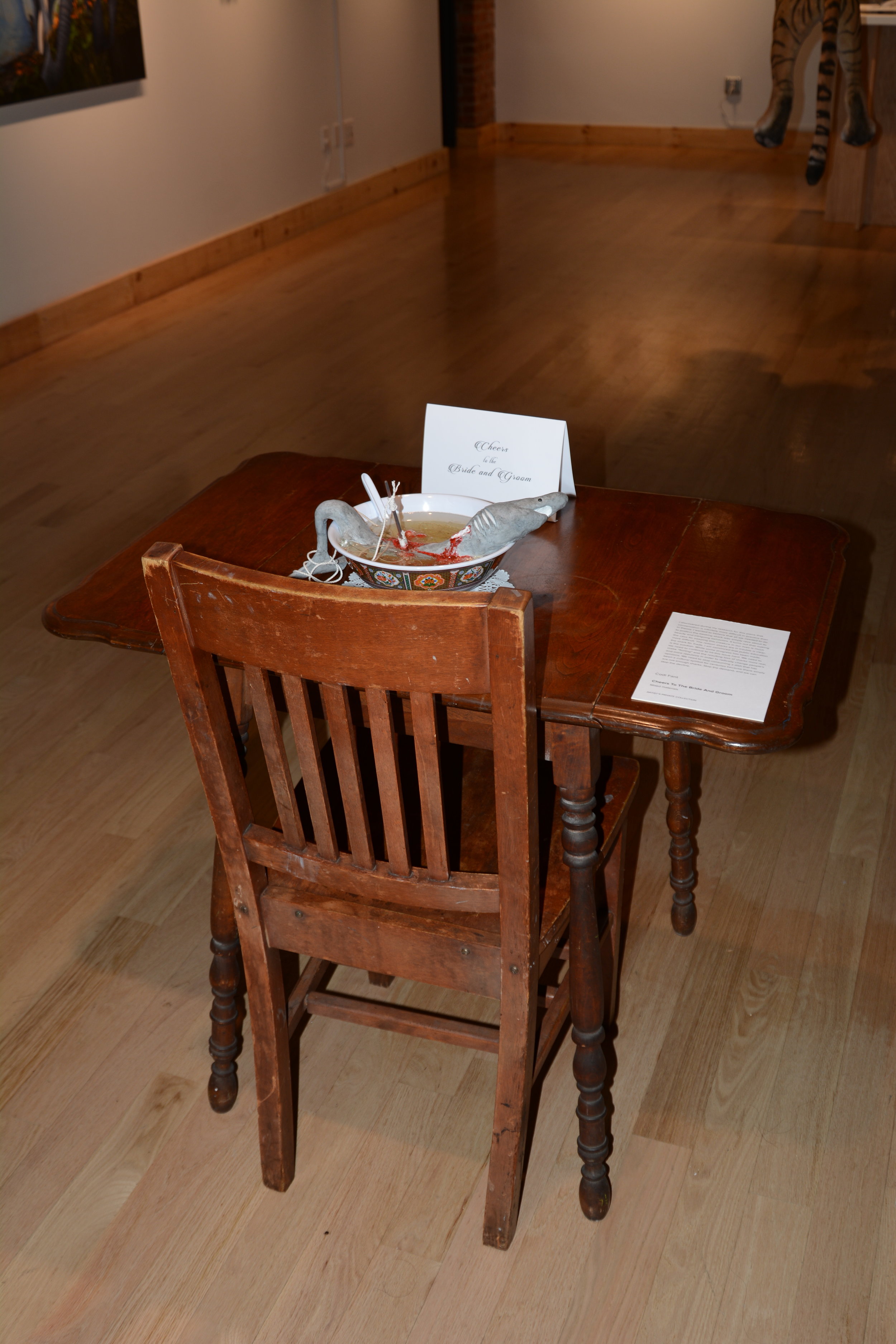
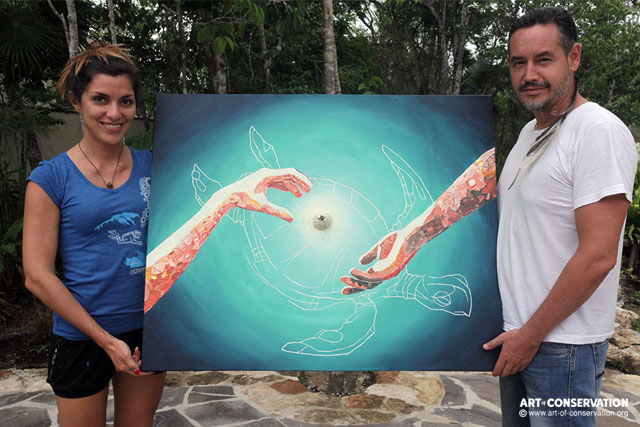
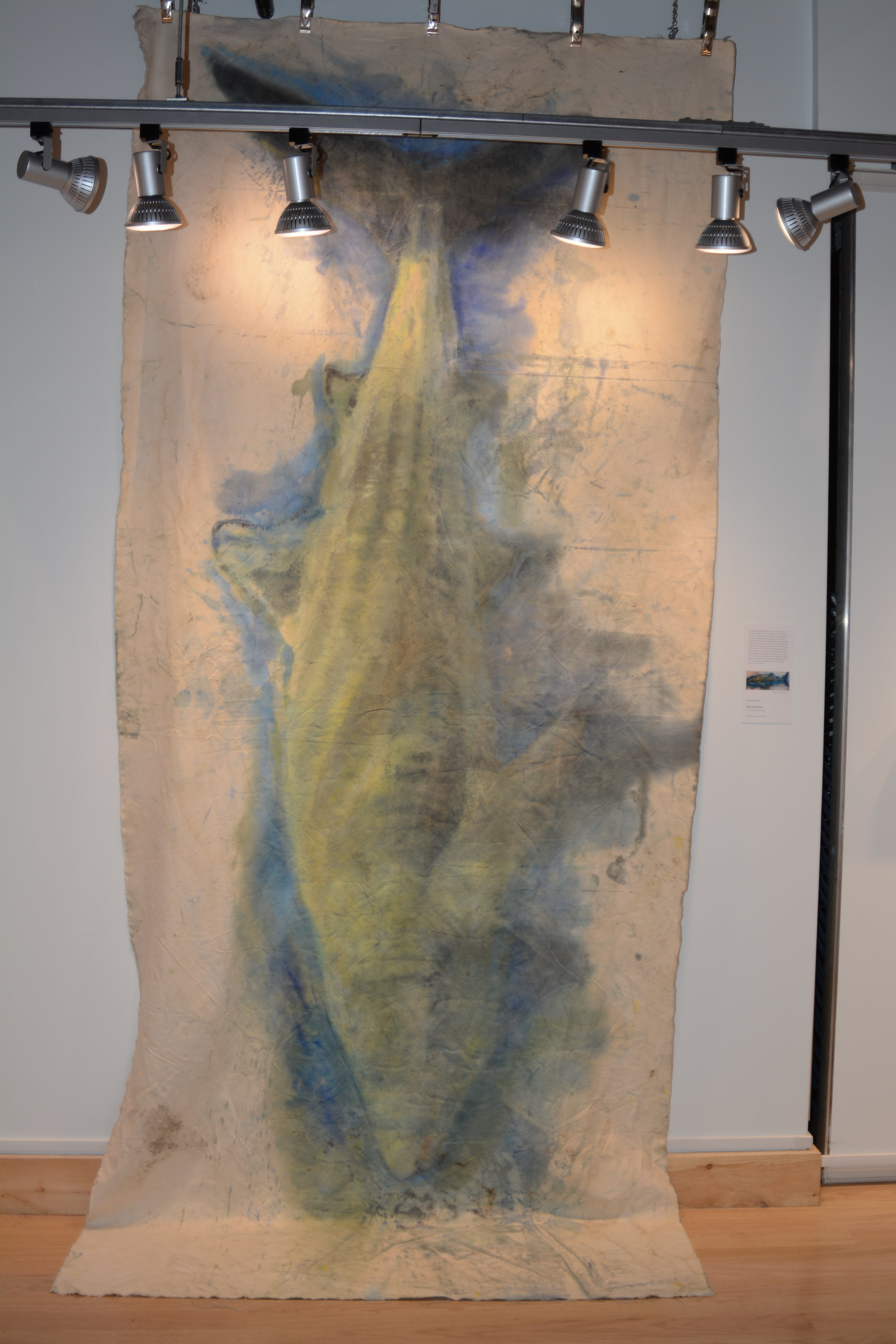
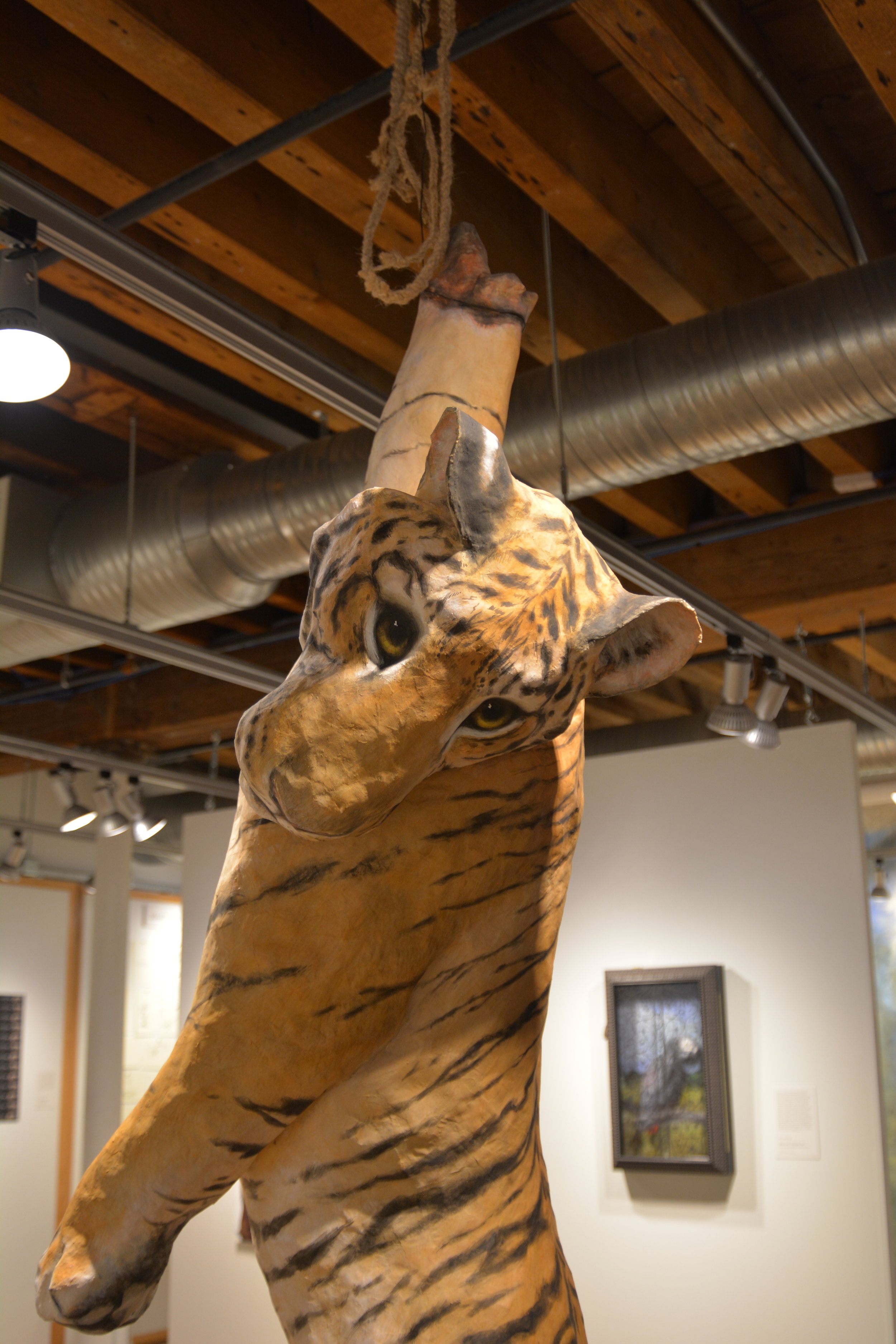
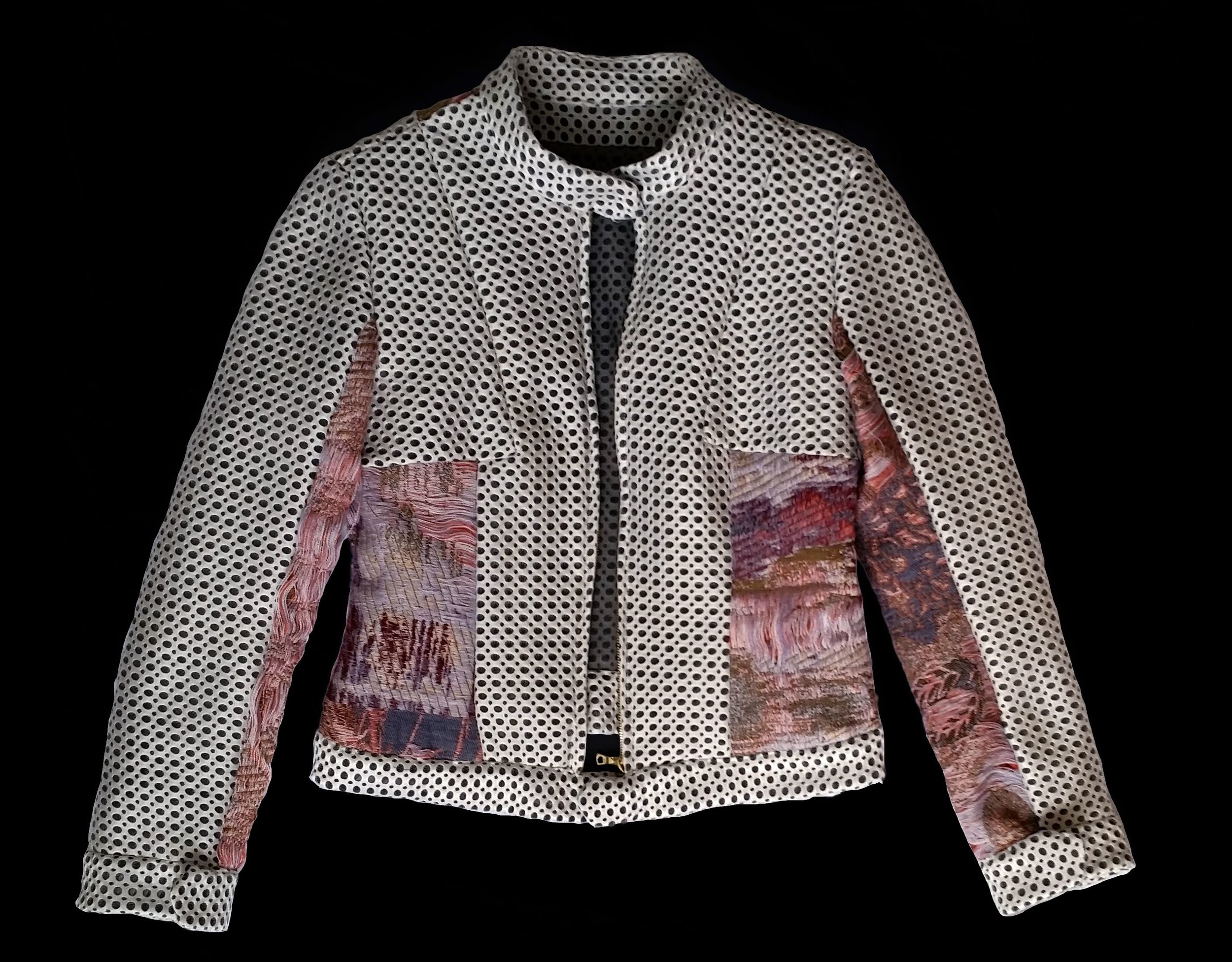
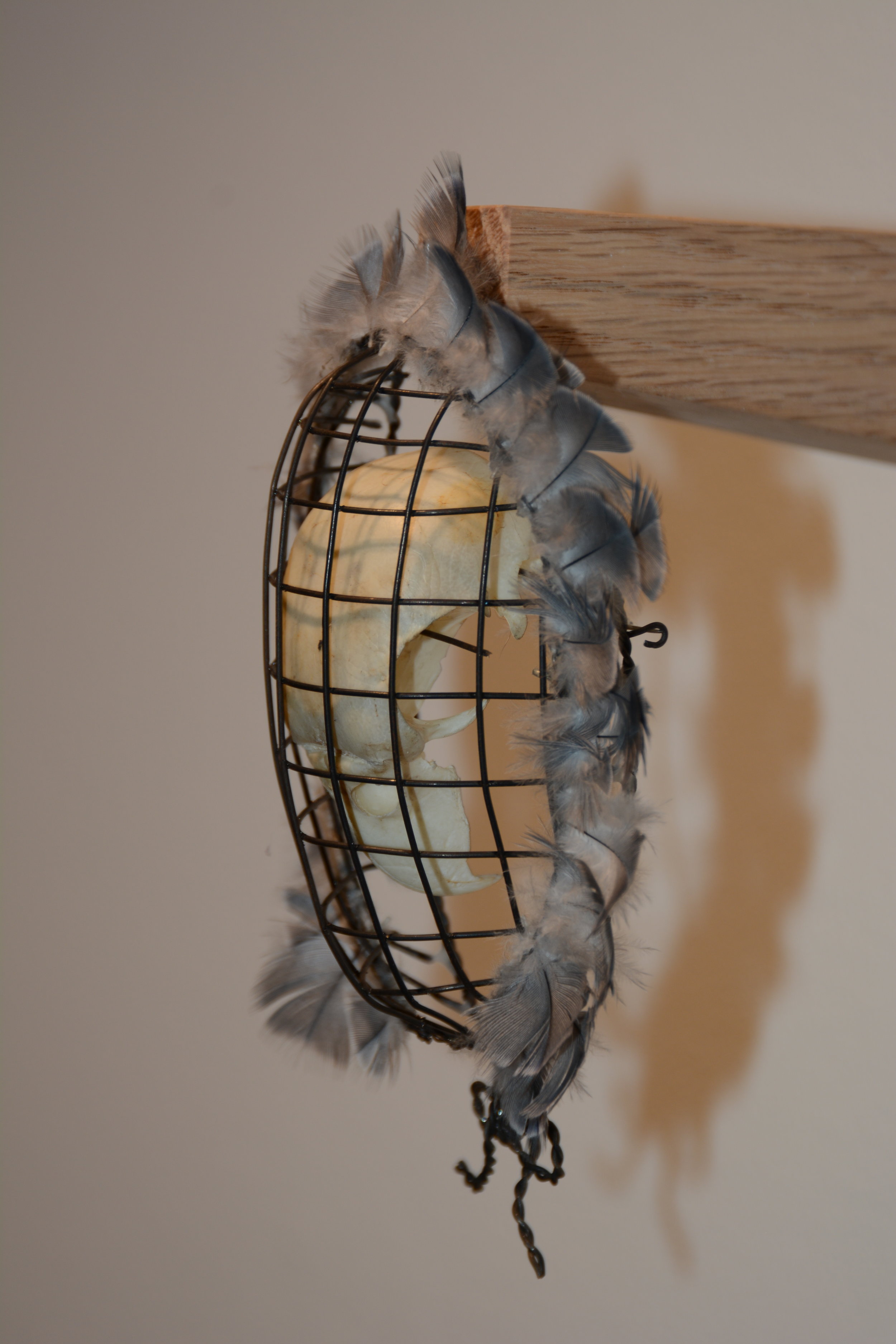
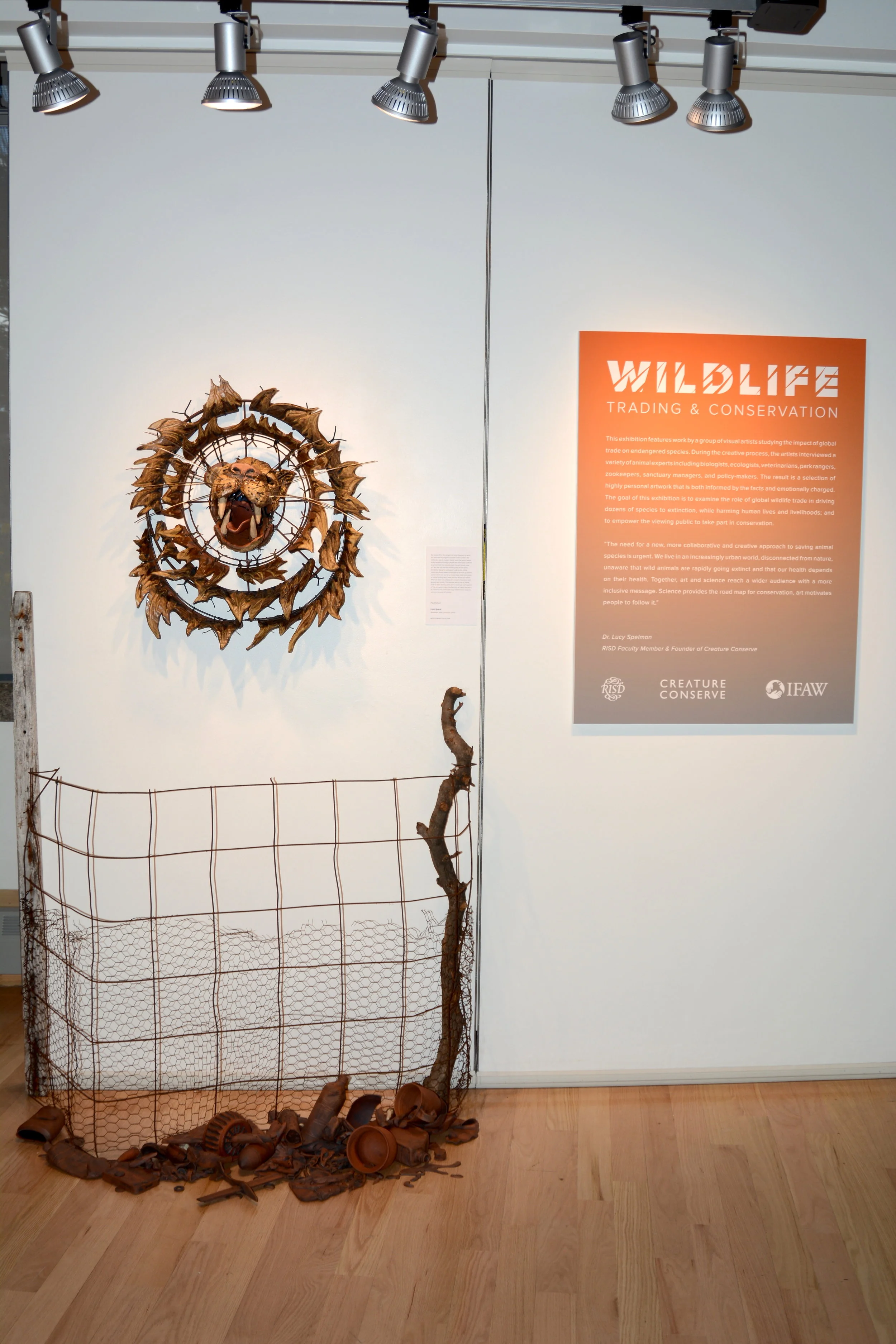
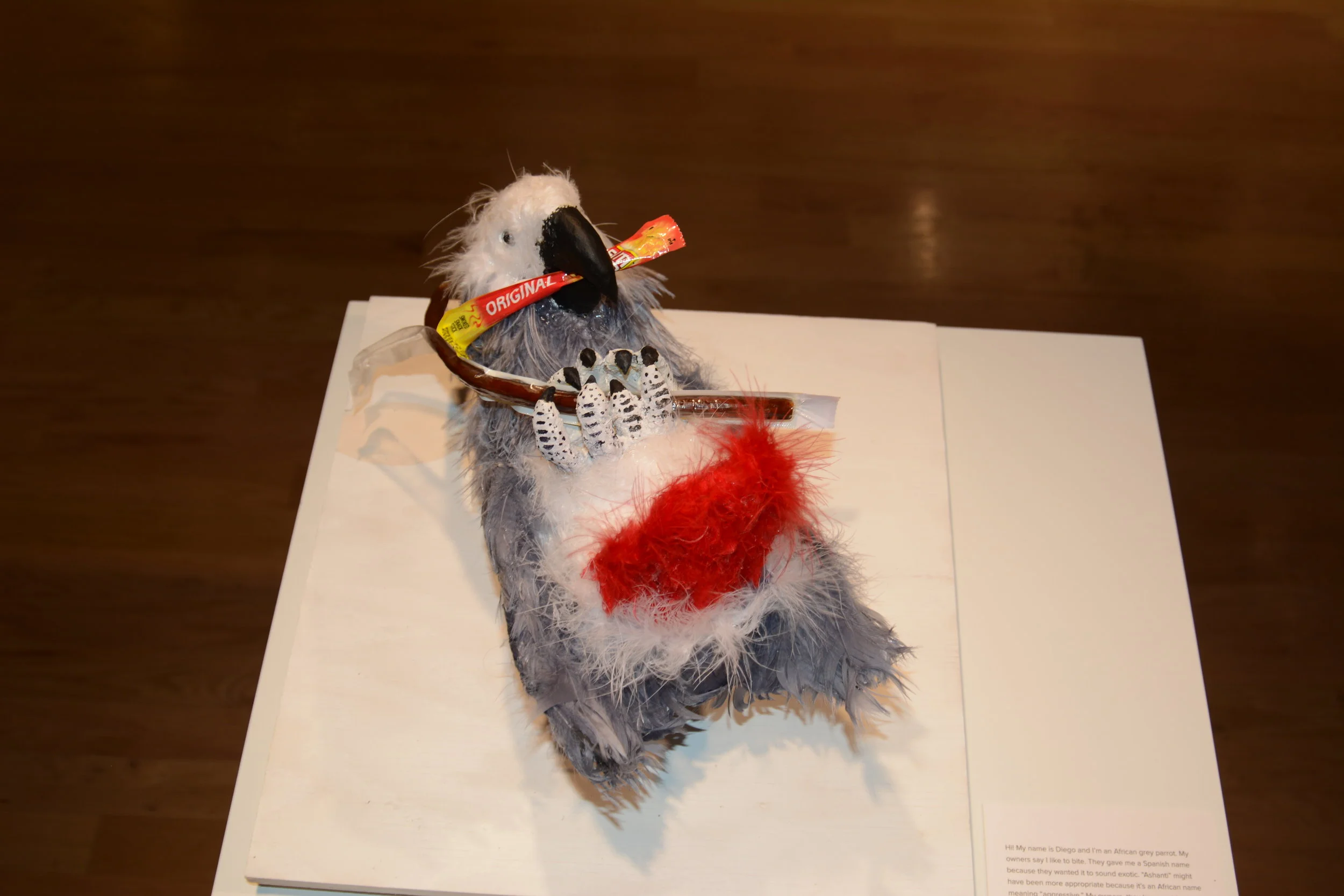
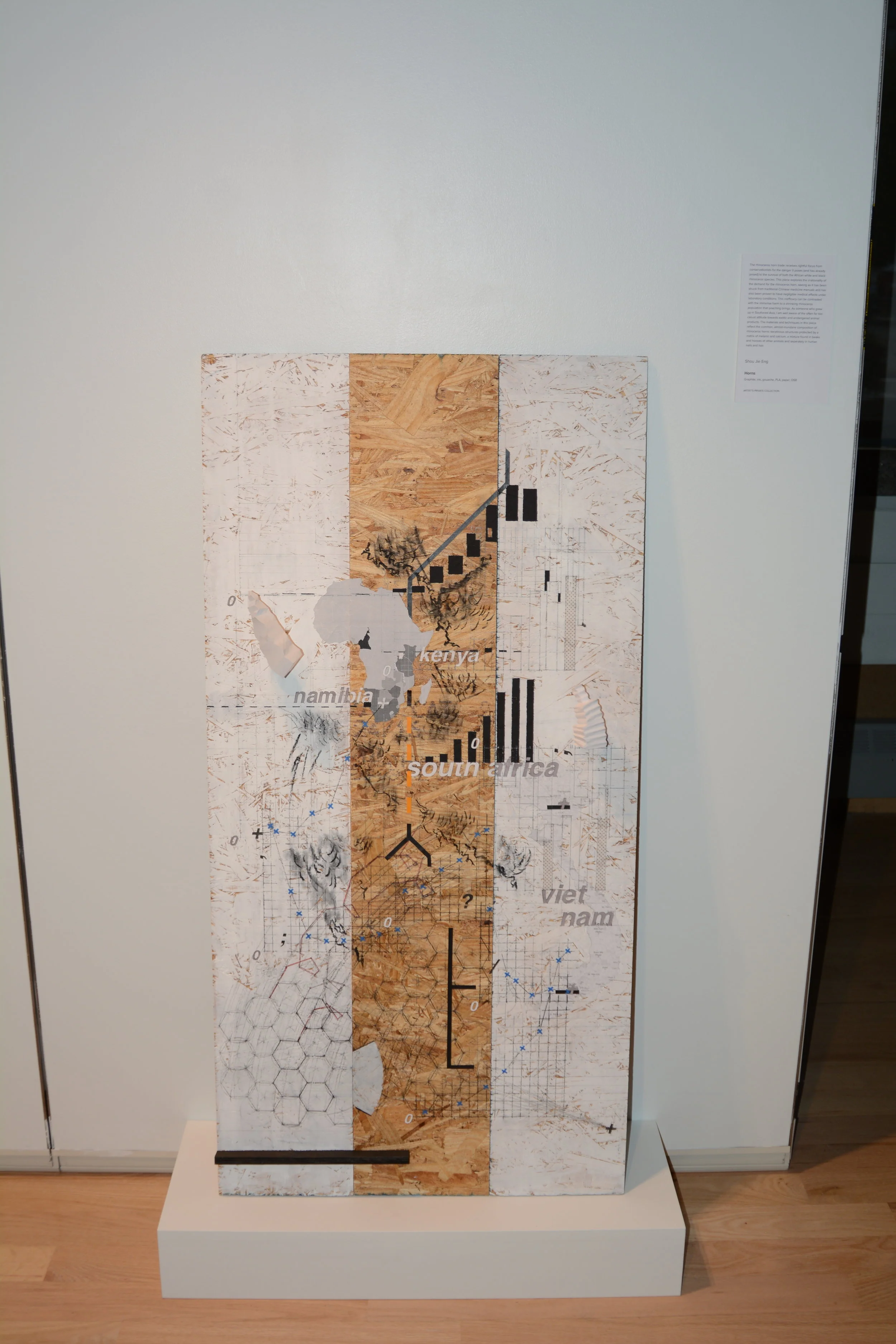
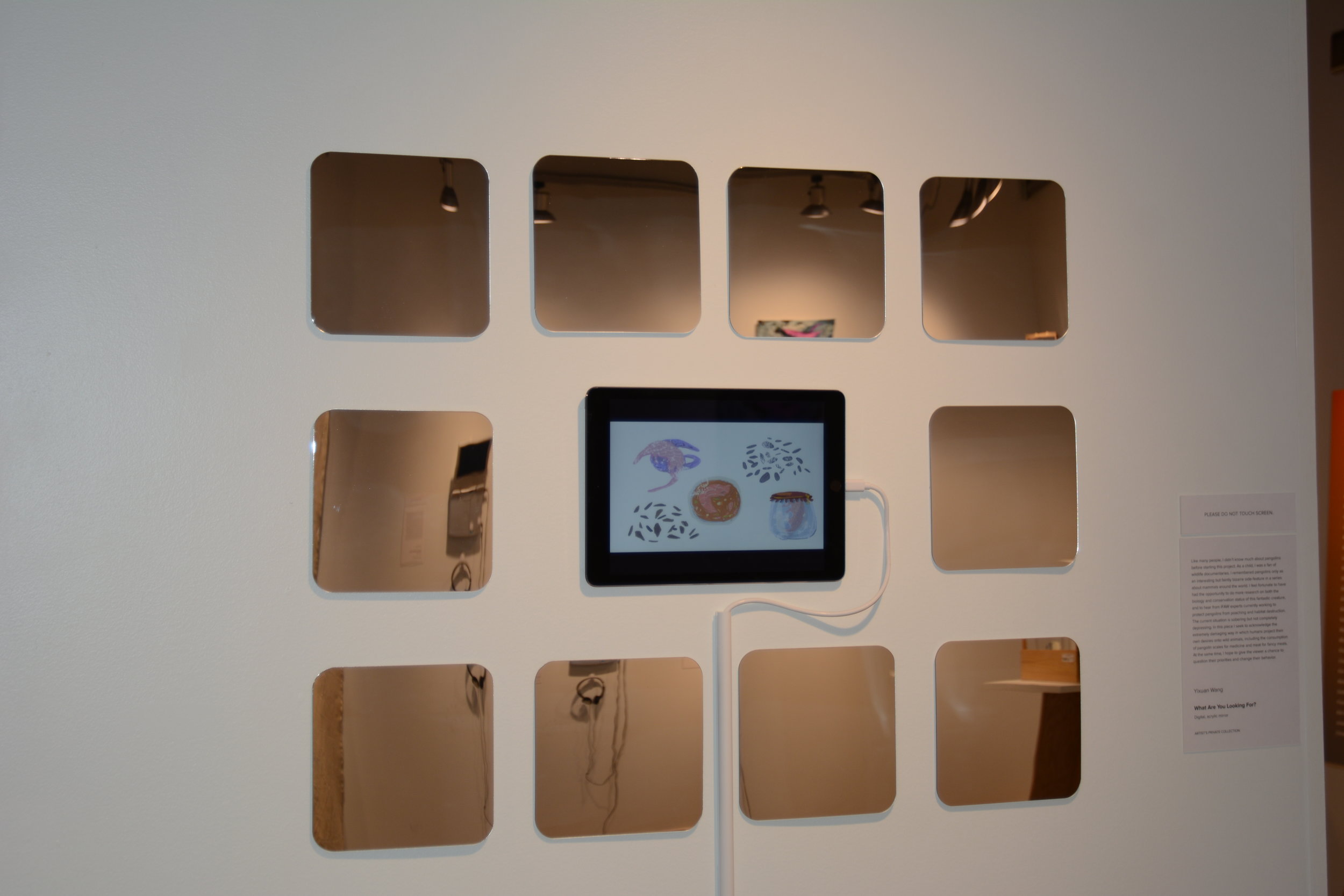
![Untitled [African elephant] by Natalie Darmohraj](https://images.squarespace-cdn.com/content/v1/5fb926e4055c33254442adf5/1605969636365-7YIMJEFSSQIKGFJ0N94D/Natalie+Darmorhaj+Untitled+%28Elephant%29.JPG)
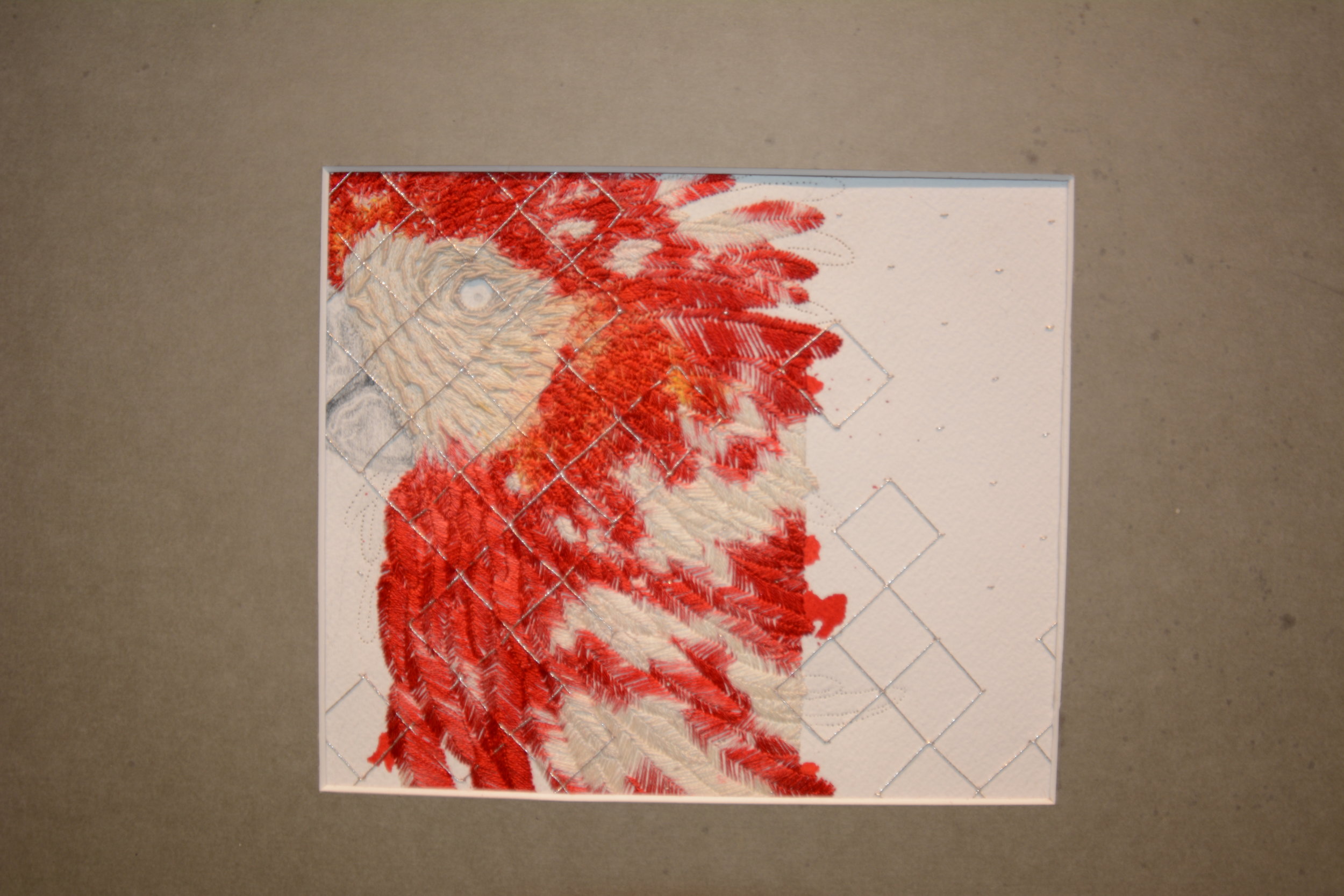
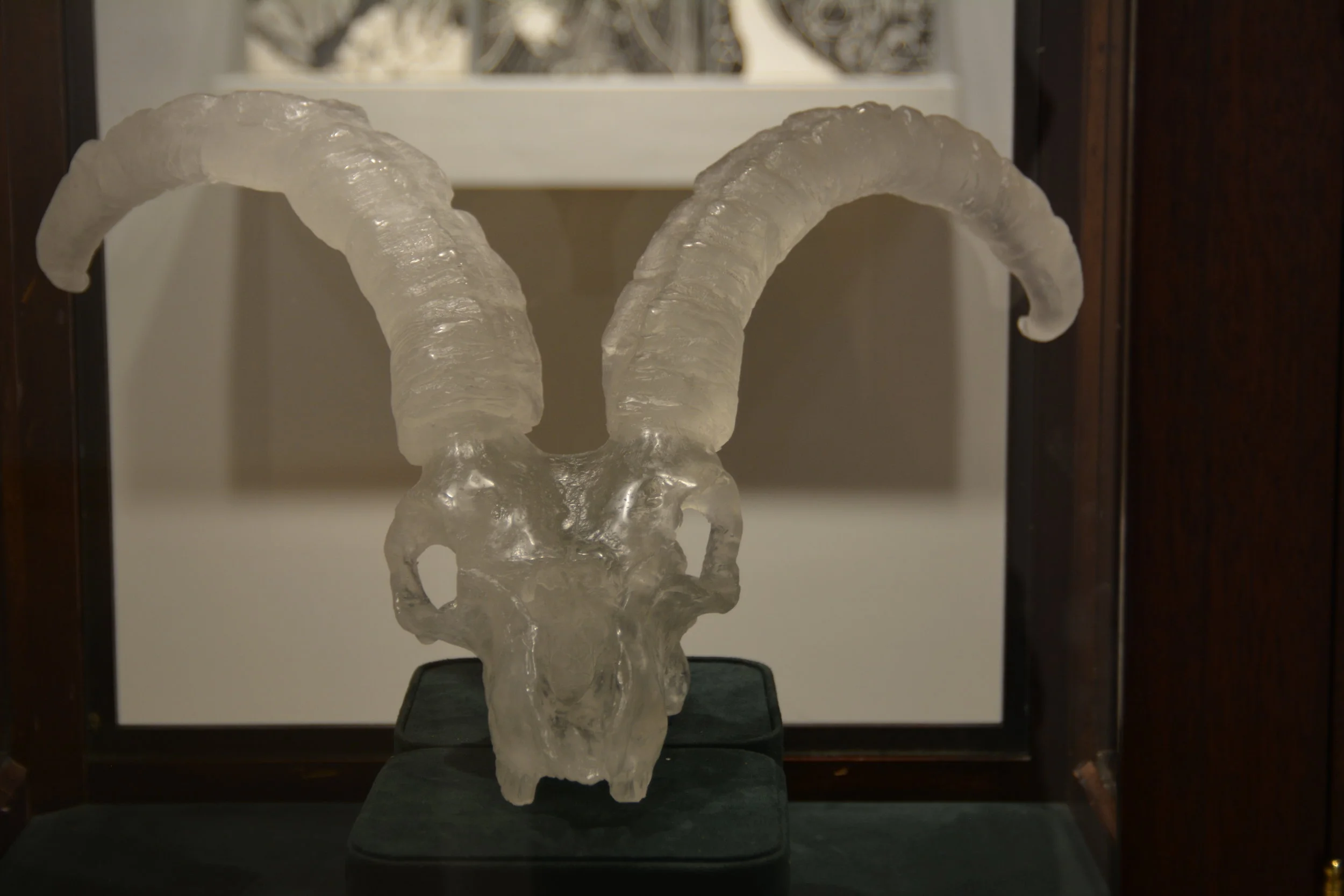
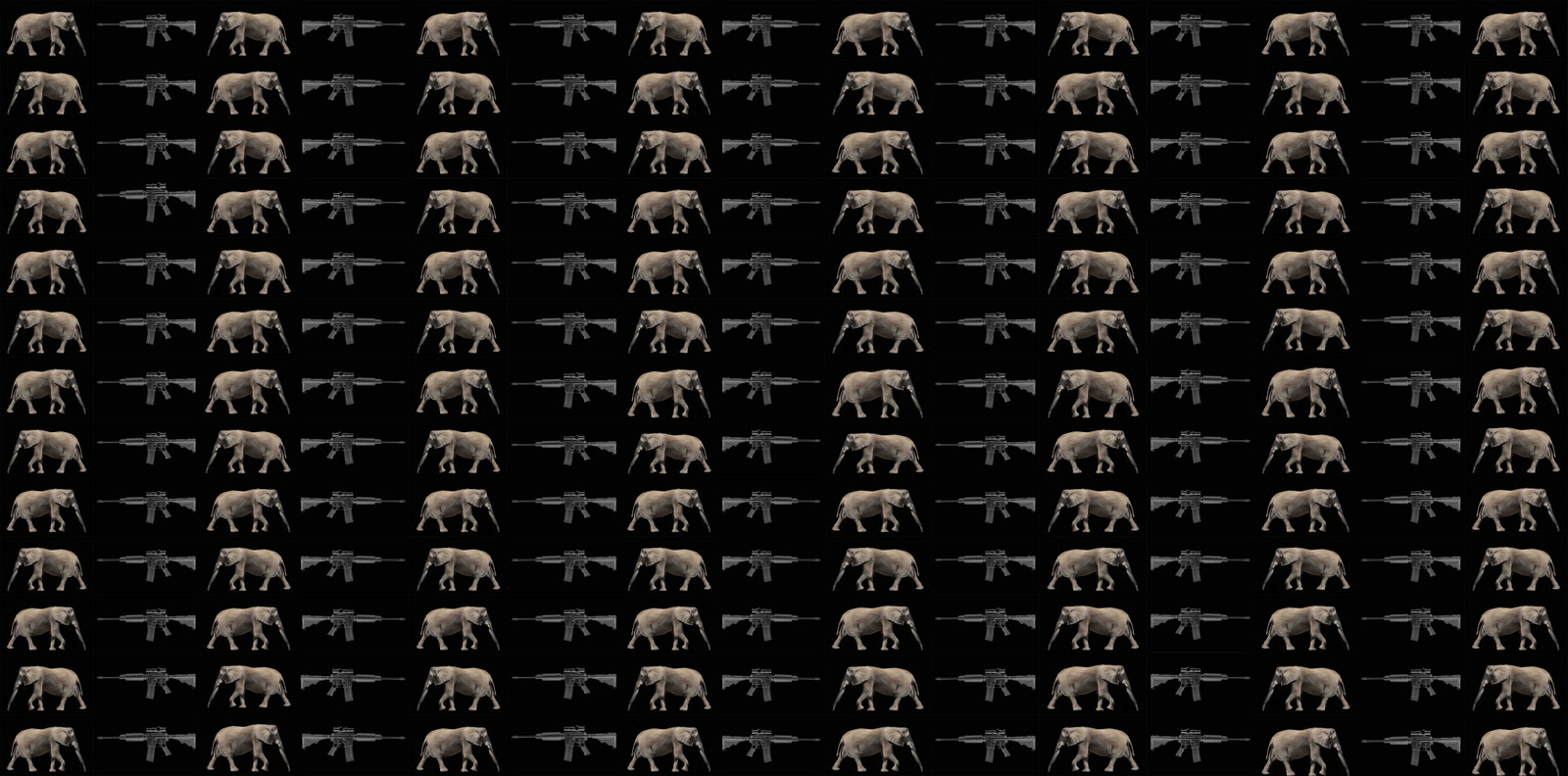
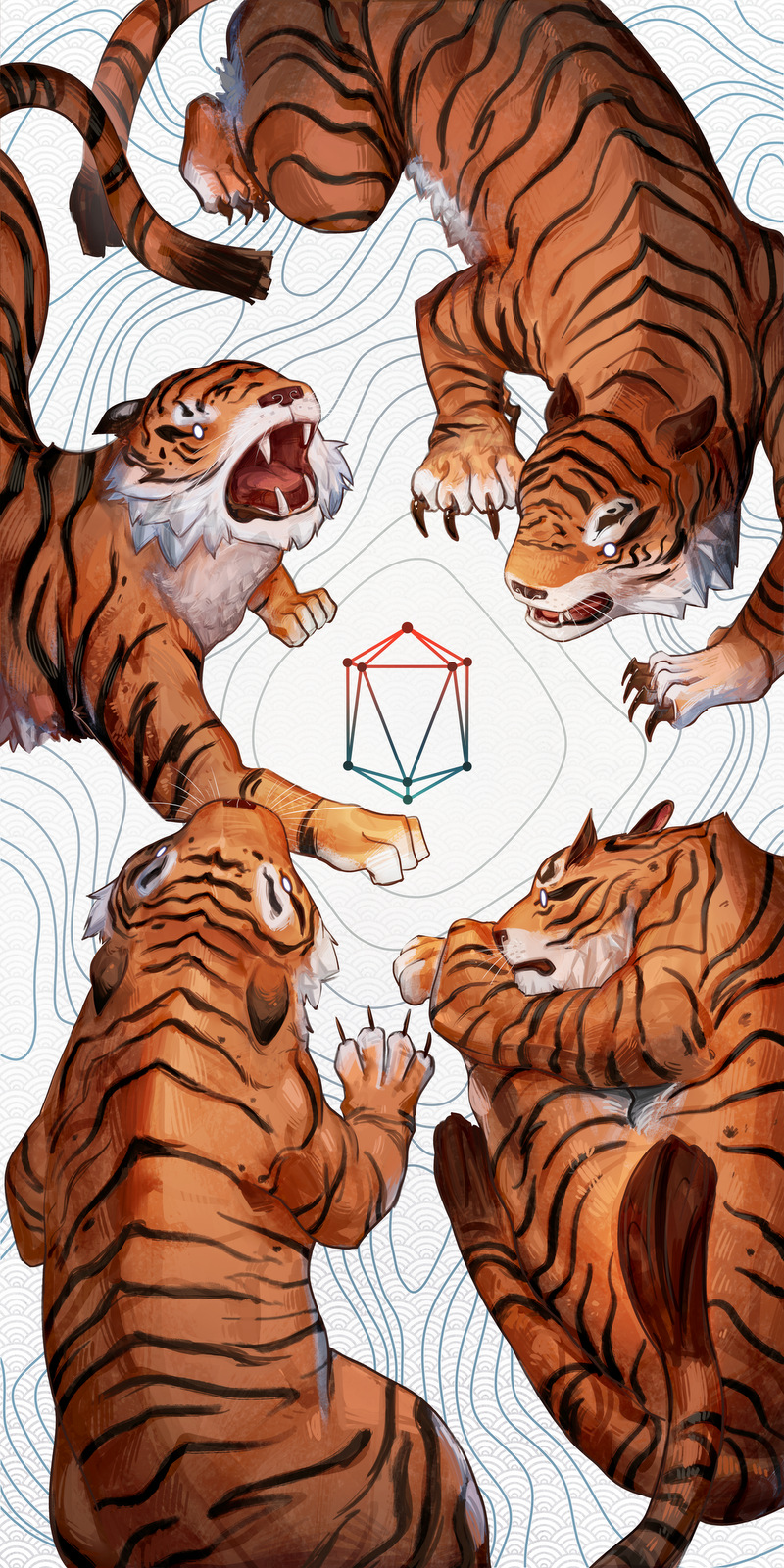
The exhibition premiered in July 2016 at the RISD Illustration Studies Building Gallery in Providence RI. It then moved on to the National Museum of Wildlife Art in Jackson WY where was on display for three months during the summer of 2017 (June 24-Sep 24.)
VIDEOS from Wildlife Trade and Conservation
Moving Object by Angela Hseih, Animation
A topic as expansive as conservation is greater than the sum of its parts, yet it must be broken down in order for us to understand it. Our conversations with IFAW experts gave me a glimpse into what I now see as a monumental and complex effort to save the pangolin. Each of the staff at IFAW has their role to play, but we as members of the public also have a responsibility. The importance of consumer education and the recognition that conservation is culture-specific has become increasingly evident, as has the understanding that ignorance can be a greater driving force behind poaching than greed. We need to make a greater effort to ensure consumers understand that while wildlife traders are making a profit because of the high price of pangolin scales and meat, the real price is the loss of this species and the damage to the ecosystem in which it lives.
Species…Not Status by Carissa Abatabilo, Animation
The beauty of the pangolin—and the need to protect it—was my inspiration for this piece. Animals have been part of my life since I was young, and conservation is something I have been interested in since I discovered the work of Dr. Jane Goodall. As an artist, I have been eager to bridge my love of making art with my compassion for animals, but did not know how to get involved, until this exhibition. The opportunity to collaborate with IFAW has been unique and wonderful. Weekly calls with scientists and conservationists have enabled me to understand the challenges they face in the field on a daily basis, and greatly enriched this work. In this animation, I explore the texture of the pangolin’s hide, and contrast that with the texture of the environment in which it is hunted and consumed as a healing commodity in Eastern medical practice.
Swimming in Shark Fin Soup by Lee Fearnside, Video
The process we followed for this exhibition was especially compelling for me as an artist. Often, I make my work in isolation, but the connection to scientists and IFAW staff allowed me to see how each piece fits together as part of a holistic approach to animal conservation. Listening to stories of anti-poaching activities and efforts to curb the demand for exotic species made me feel like my work was connected to something larger. Moreover, hearing a marine veterinarian talk about his own experiences with whale sharks, and hearing his passion for aquatic life, helped shape the direction of my piece. My goal with this photo-based animation is to make the audience aware that the whale shark’s life cycle is affected by not only human predation but also by human behavior. My hope is that art in this exhibition helps all of us hold on to our childhood fascination with creatures and their powers.
EXHIBIT DETAILS
Organized by Creature Conserve, the exhibit features work by artists who studied the impact of global trade on 10 of the species/animal groups that have been - and, continue to be - heavily impacted by the wildlife trade. These include: chimpanzees, elephants, grey parrots, lions, pangolins, red and green macaws, rhinos, sea turtles, sharks, and tigers. The trade in these animals and their parts is regulated by CITES, but the rules are poorly enforced and the illegal trade threatens all of them. The problem is largely one of supply and demand.
Scientific data shows the current trend is not sustainable, but conservation is more than a science. Cultural attitudes toward wildlife and economic pressures are equally important. This exhibit explores the fact that while science (conservation biology) can provide guidelines for saving species, we need motivation to follow them. We need to help more people understand that humans and animals are interdependent, and that our continued success depends on a diverse and healthy animal kingdom.
ART+SCIENCE PROCESS
Each artist chose one of the 10 species and explored the problem of wildlife trade in depth, including via self-directed research, site visits, and interviews with wildlife experts, including biologists, ecologists, veterinarians, park rangers, zookeepers, sanctuary managers, and policy-makers with the international Fund for Animal Welfare, IFAW.
THEMES
Extinction is the central theme of this exhibit. This is a heartbreaking topic for many of us; it is also far more complex than we realize. Human lives and livelihoods are at stake, as well as animal lives. It is also a problem we know how to solve: we need to decrease demand for the animals being traded, stop corruption and illegal trade, and increase the amount of money we spend protecting endangered species.
PHOTOS FROM OPENING RECEPTION
Rhode Island School of Design (RISD), Providence, RI, USA, JULY 15, 2016
View Summer 20217 selections from WILDLIFE TRADE AND CONSERVATION at the National Museum of Wildlife Art in Wyoming at https://www.wildlifeart.org/exhibits/wildlife-trade-art-science
Our postcard for the RISD opening featuring examples of some of the artwork in the show.
Two southern white rhinos in Pilanesburg National Park, South Africa.
